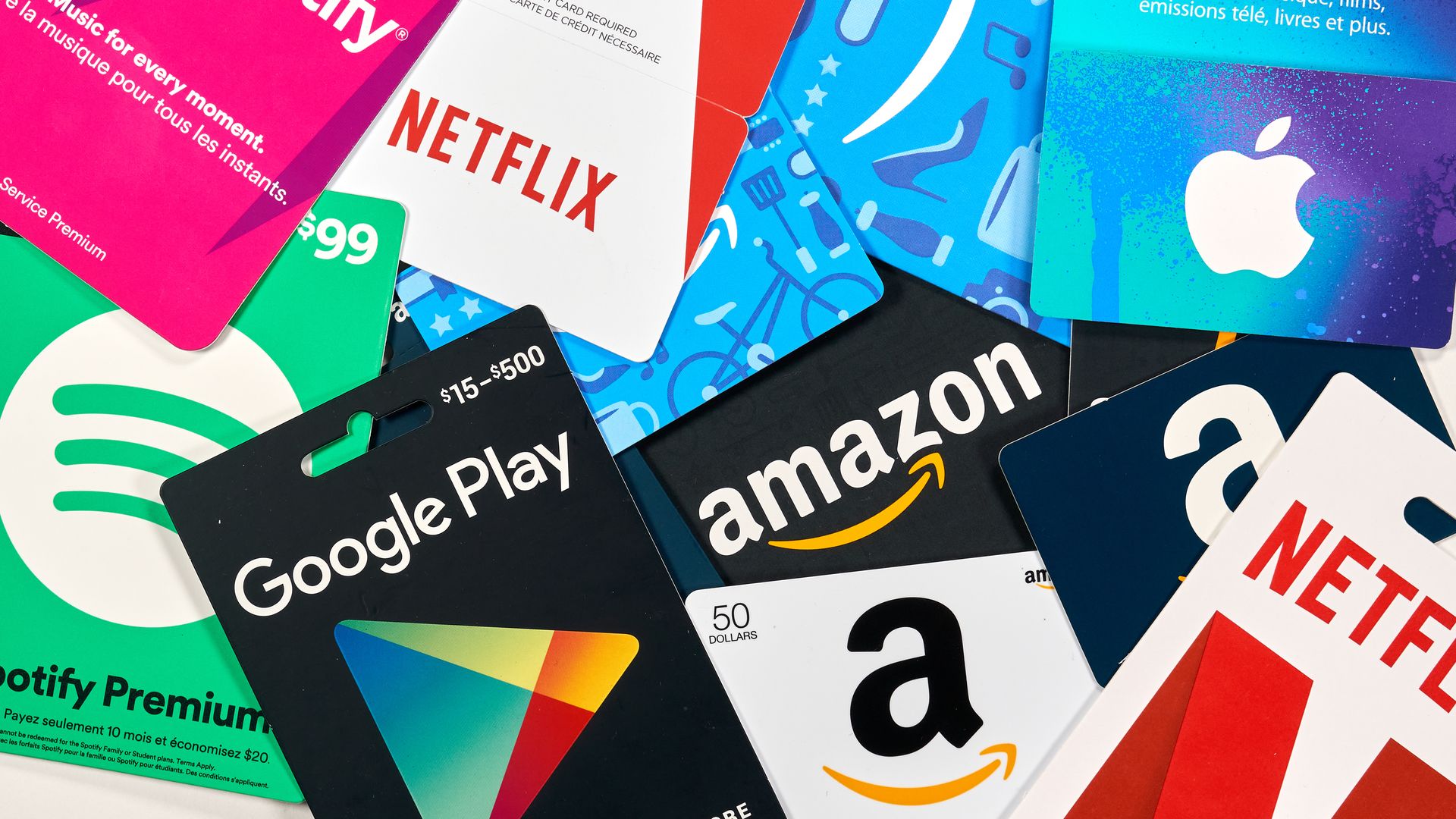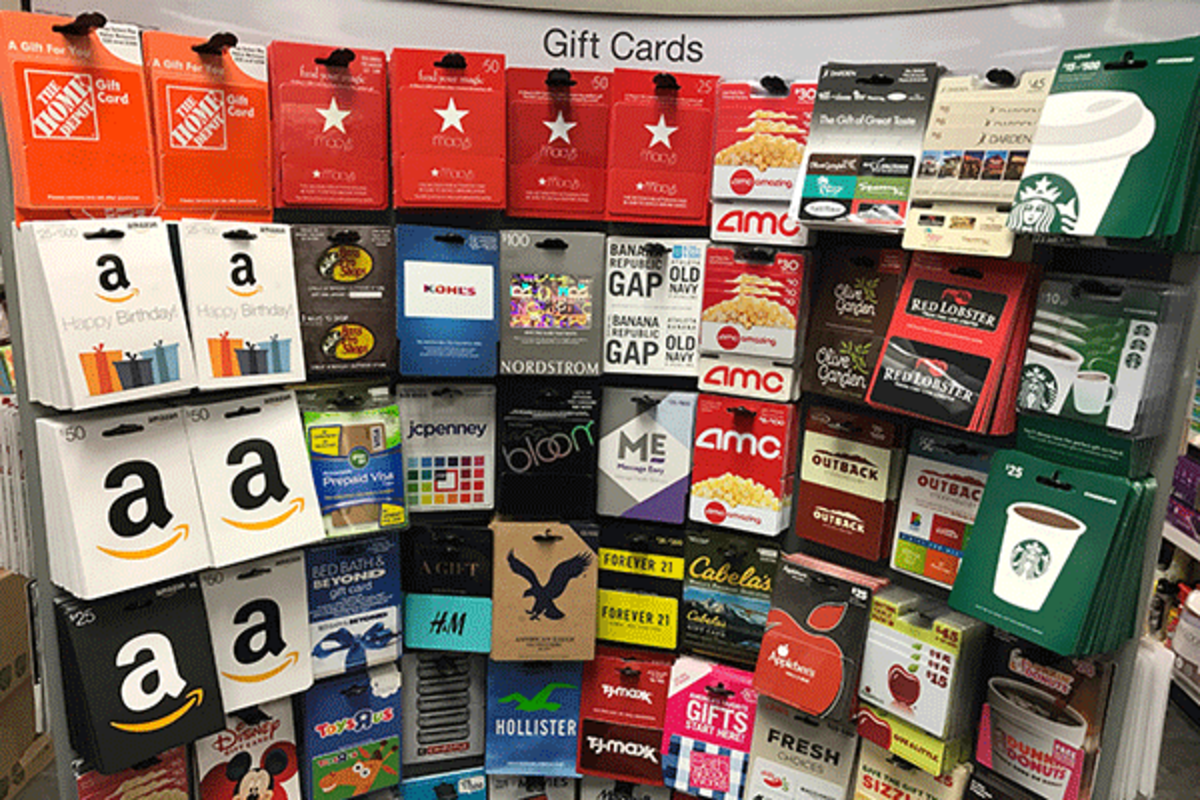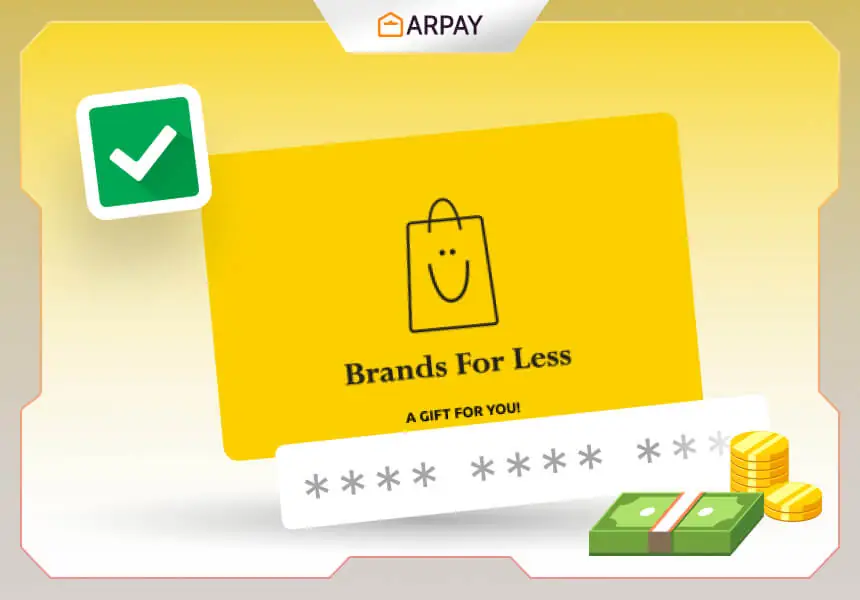Gift Cards With Less Than $1

The allure of a gift card often fades into frustration for consumers discovering mere pennies clinging to plastic promises. Millions of dollars remain trapped on gift cards with balances under a dollar, a sum seemingly too small to spend yet collectively significant. This phenomenon raises questions about consumer behavior, retailer responsibility, and the potential for a more equitable system for managing leftover gift card funds.
This article delves into the pervasive issue of gift cards holding less than $1, exploring the reasons behind these fractional balances, the legal landscape surrounding them, and potential solutions for consumers and retailers alike. We examine the impact on consumer spending habits and the ethical considerations for businesses profiting from unspent funds. Furthermore, we investigate existing state laws and propose potential reforms to ensure that these small balances do not become lost revenue for consumers.
The Nickel and Dime Dilemma: Why Balances Linger
Several factors contribute to the abundance of gift cards with paltry balances. Often, consumers forget about the card or misplace it until long after its intended use. Psychological barriers also play a role, as shoppers might perceive the remaining amount as too insignificant to warrant a dedicated trip to the store.
Furthermore, restrictions on using multiple payment methods can deter consumers. Many retailers only allow one gift card to be used per transaction, preventing customers from combining a gift card with a credit or debit card for a larger purchase. This policy leaves the small balance stranded.
Data on Dormant Dollars
While precise figures are difficult to obtain, industry estimates suggest a substantial sum remains unspent on low-balance gift cards nationwide. CardCash, a popular gift card exchange platform, estimates that billions of dollars go unspent on gift cards annually, a portion of which certainly resides on cards with balances under $1. Even though is it difficult to get the exact estimate, research from organizations like the Consumer Financial Protection Bureau (CFPB) highlights the broader issue of unredeemed gift card value as a significant consumer concern.
The Legal Gray Area: Escheatment and Expiration
The legal framework surrounding gift cards varies considerably by state, impacting how leftover balances are handled. Many states have escheatment laws, which require companies to turn over unclaimed property, including unspent gift card balances, to the state after a certain period.
However, the specific rules regarding gift cards are often complex and subject to interpretation. Some states only consider balances above a certain threshold (e.g., $5) eligible for escheatment. Furthermore, federal law prohibits gift cards from having expiration dates shorter than five years, but this doesn't address the issue of small, unspent balances accumulating over time.
Retailer Perspectives: Costs and Customer Service
Retailers face a balancing act when it comes to handling small gift card balances. On one hand, processing numerous small transactions can increase operational costs and potentially strain customer service resources. On the other hand, neglecting these balances can erode customer trust and damage brand reputation.
Some retailers offer solutions such as online balance checks and the ability to combine multiple gift cards. Others provide options for donating the remaining balance to a charitable cause. However, these practices are not universally adopted, leaving many consumers with limited recourse.
"Our goal is to provide a seamless and positive experience for all our customers," states a spokesperson for Target Corporation. "We encourage customers to use their gift cards in full, and we offer options for checking balances online and in-store to facilitate that."
Consumer Strategies: Maximizing Gift Card Value
Consumers can take proactive steps to avoid the pitfalls of low-balance gift cards. One strategy is to consolidate smaller balances onto a single card whenever possible. Some online platforms allow users to exchange multiple gift cards for a single card or a digital voucher.
Another option is to use the gift card for partial payment and supplement it with another payment method. However, as mentioned earlier, retailers’ policies can restrict combining payments. Being mindful of the balance and planning purchases accordingly can also prevent leaving a small, unusable amount on the card.
Future Solutions: Technology and Policy Reform
Technological advancements offer potential solutions for managing small gift card balances. Mobile payment apps and digital wallets could integrate gift card functionality, allowing users to easily track and spend even the smallest amounts. This may be a more efficient way in using any remaining amounts.
Furthermore, policy reforms could mandate retailers to allow combining multiple gift cards or provide options for cashing out balances below a certain threshold. Stronger escheatment laws and more transparent disclosure requirements could also protect consumer interests and ensure that unspent funds are properly accounted for.
The Unclaimed Pennies: A Call for Action
While individual balances may seem insignificant, the aggregate value of unspent gift card funds represents a substantial loss for consumers and a missed opportunity for retailers. By fostering greater transparency, embracing technological solutions, and implementing thoughtful policy reforms, we can create a more equitable system that ensures that every penny on a gift card is put to its intended use.
:max_bytes(150000):strip_icc()/giftcards2-57a2941f3df78c3276556b99.jpg)







.png)









